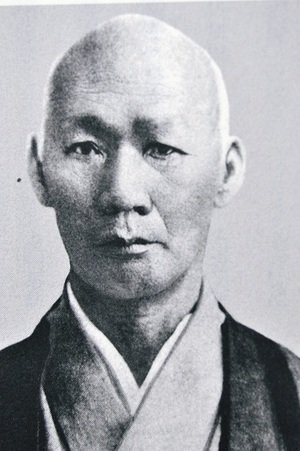Sometimes I like to pick random Japanese historical figures and write about them. Like Toyotomi Hideyoshi, the second of Japan’s three “unifiers,” who’s interesting because he was a peasant farmer who rose to become the de facto ruler of Japan, or Chiune Sugiura, the “Japanese Schindler” who saved the lives of more than 6000 jews during World War II by issuing visas for them to travel to Japan. Another fascinating historical figure is Nakahama “John” Manjiro, the first Japanese to visit America and learn English. In 1841 the 14-year-old Manjiro was fishing when his boat was blown onto a deserted island. He was rescued by an American whaling ship and brought to the U.S. where he was educated in English and navigation in Fairhaven, Massachusetts. Although it was death for Japanese who had left Japan to return, he resolved to do so anyway, and became one of the few people in the country with any current knowledge of the outside world. When Admiral Perry arrived in 1852, “John” Manjiro was raised to samurai status so he could serve as the official interpreter. His amazing life inspired later Japanese, including Sakamoto Ryoma, the “George Washington” of modern Japan.

Manjiro was also the first Japanese to ride a train.















